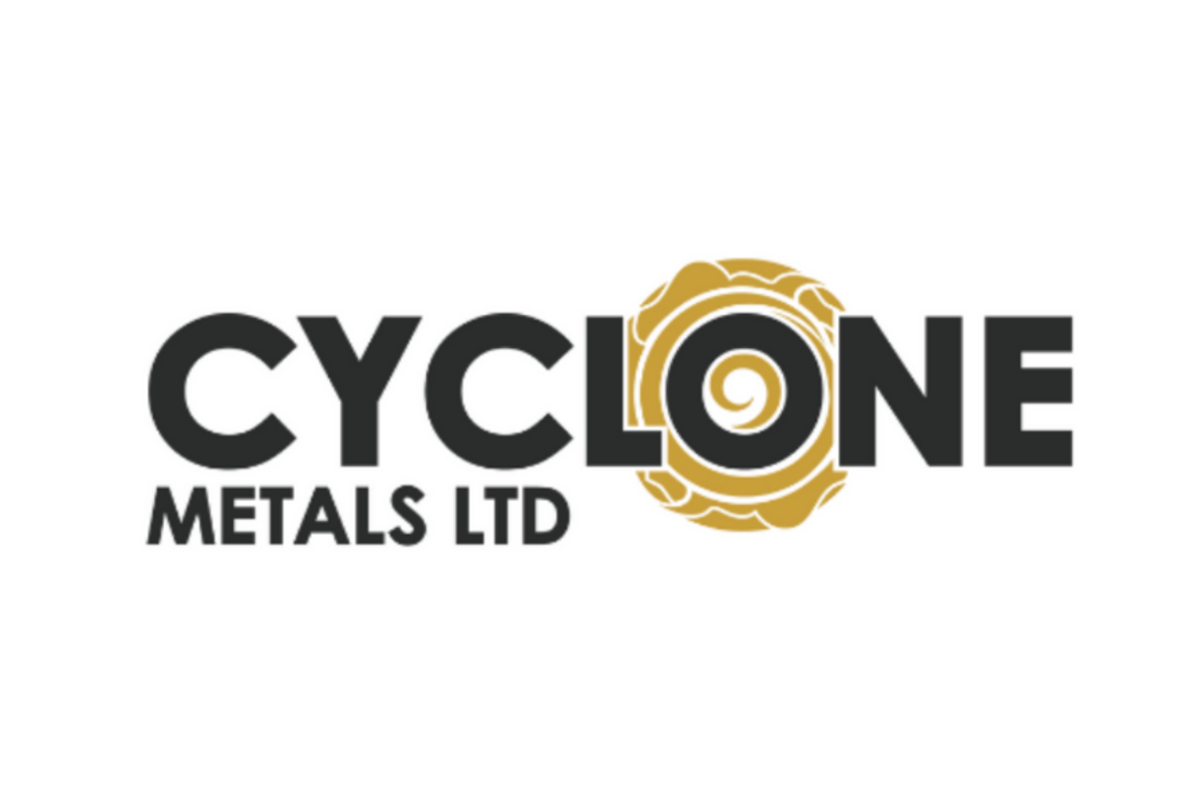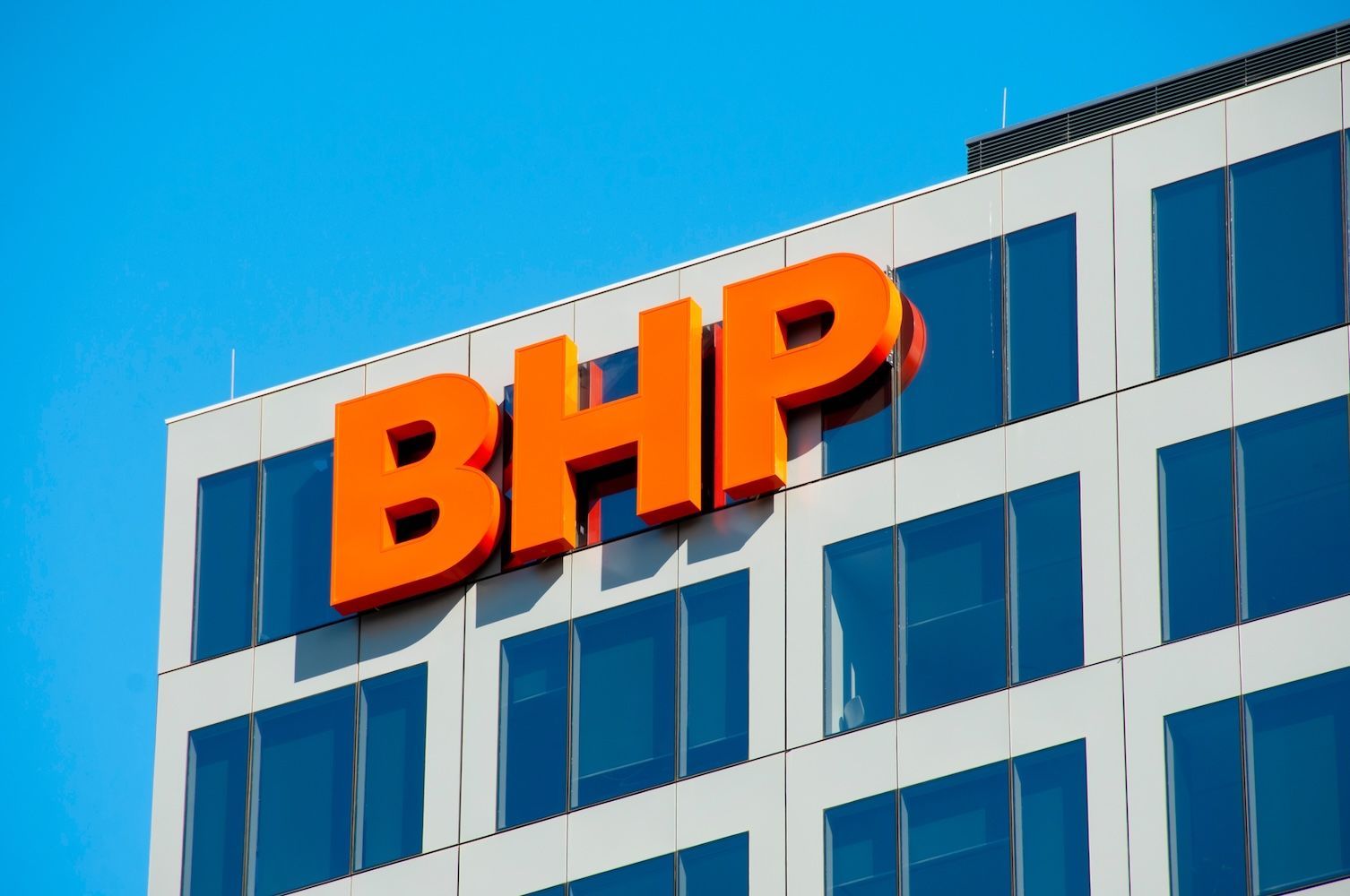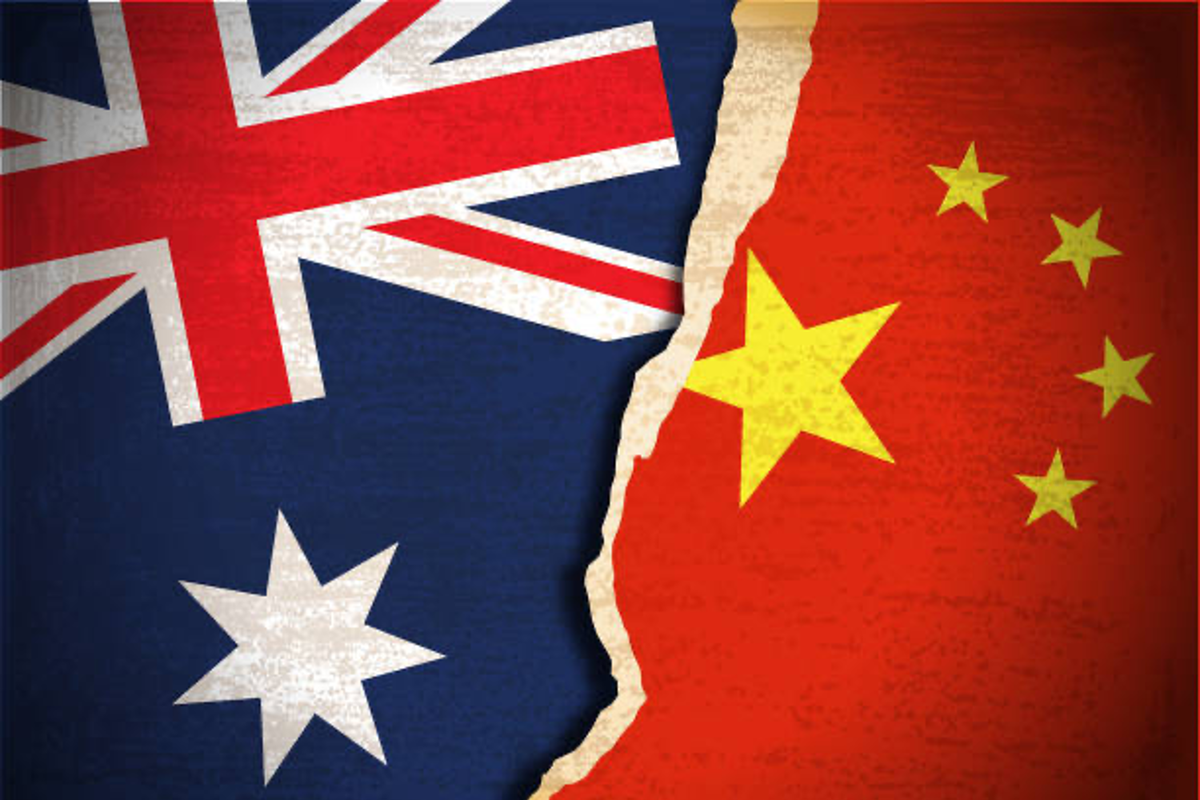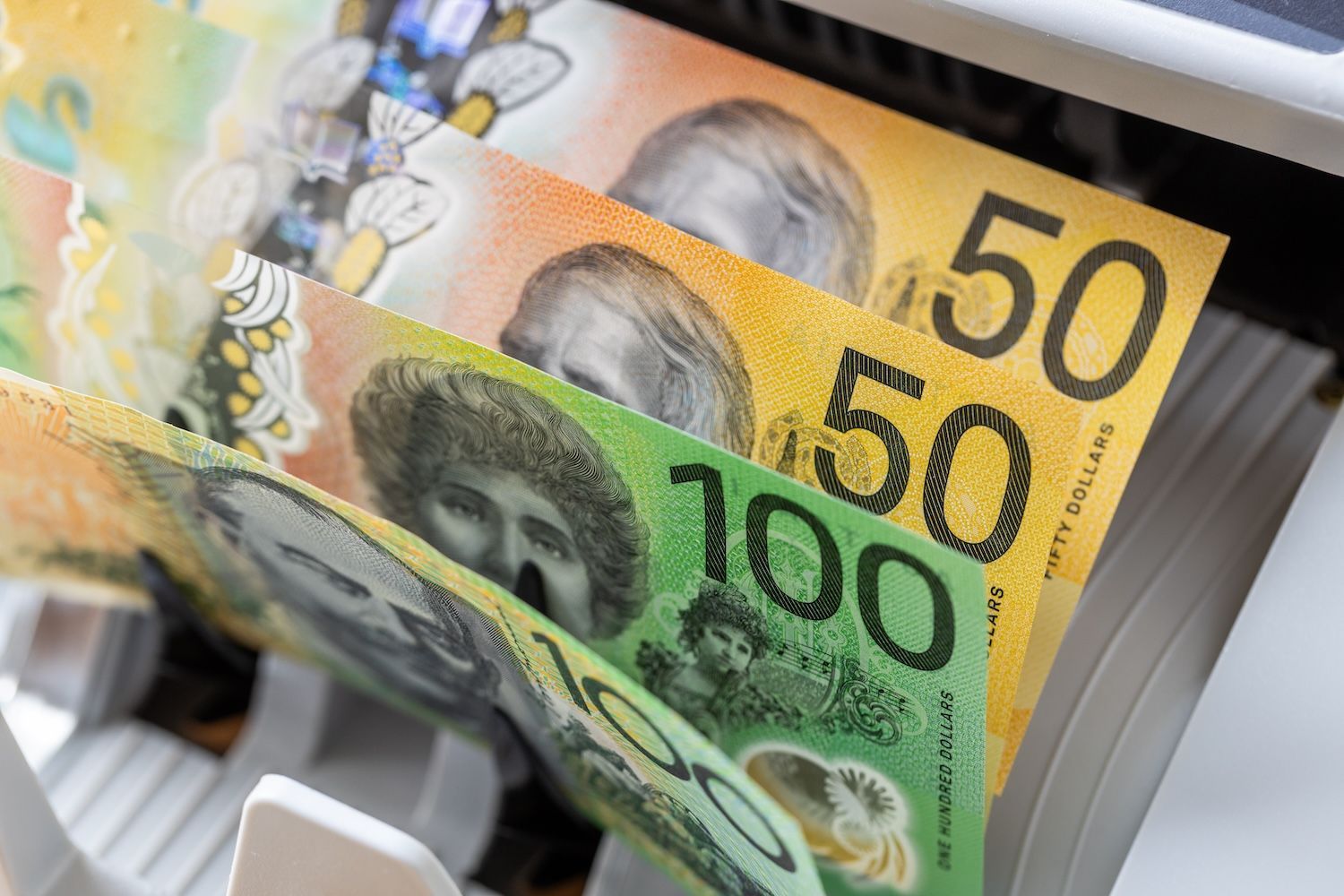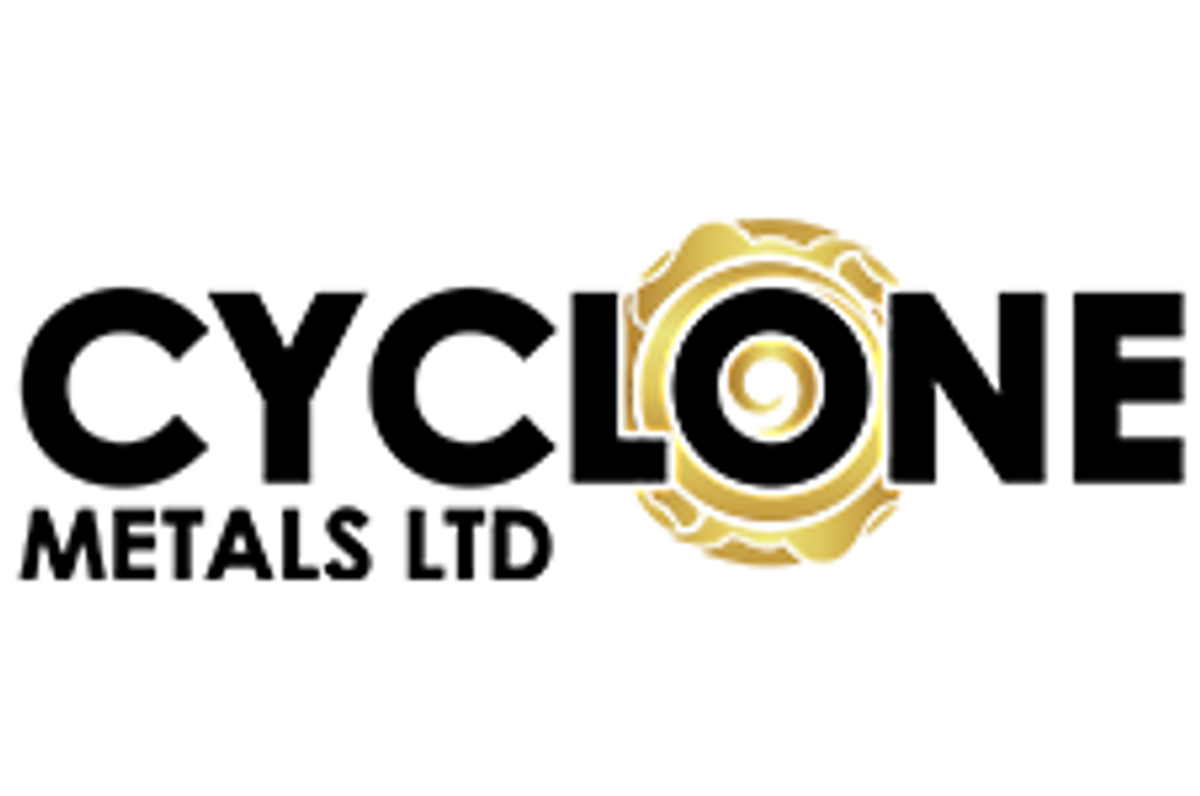
July 13, 2023
Focus shifts to development of flagship Block 103 Magnetite Iron Ore Project in the Labrador Trough region of Canada
Cyclone Metals Limited (ASX: CLE) (Cyclone or the Company) is pleased to announce it has entered into a binding term sheet for the sale of its non-core gold assets that include: 100% interest in the Nickol River Gold Project tenements in Western Australia (Nickol River Project) and the Longwood Range Gold Copper PGE Project, Mareburn Gold Project, Macraes South Gold Project, Drybread – Waikerikeri Gold Project, and Muirs Gold Project located on the North and South Islands of New Zealand (NZ Projects), to BVI registered company Moosh Moosh Limited (Moosh).
Highlights
- Sale of 100% interest in tenements that comprise the Nickol River Project in the West Pilbara of Western Australia
- Sale of 100% interest in tenements that comprise the Longwood Range Gold Copper PGE Project, Mareburn Gold Project, Macraes South Gold Project, Drybread – Waikerikeri Gold Project, and Muirs Gold Project located on the North and South Islands of New Zealand
- In aggregate, the sale will provide CLE with $4M of liquid assets (cash and/or shares in a listed company)
- The sale of these non-core gold assets ensures that the Company is fully focused on the development of the Block 103 Magnetite Iron Ore Project
The Company has agreed to sell 100% interest in tenements E47/3176, L47/565, L47/686, L47/687, L47/688, L47/689, M47/087, M47/127, M47/401, M47/421, M47/435, M47/455, M47/577, P47/1524 and P47/1812, that comprise the Nickol River Project located in West Pilbara of Western Australia (Nickol River Project Sale).
In addition, the Company has agreed to sell 100% interest in tenements PP60700, PP60707, PP60708, PP60709, EP60663, EP60671, EP60692, PP60693, EP60694 and EP61013 (pending grant) located on the North and South Islands of New Zealand (NZ Projects Sale).
The Nickol River Projects and NZ Projects are considered non-core assets and their sale is a key step in the Company’s strategy to focus on developing its flagship 100% owned Block 103 Magnetite Iron Ore Project (Block 103), located in the Labrador Trough region of Canada.
Paul Berend, CEO of Cyclone Metals, commented: "This sale of non-core assets illustrates our commitment to the development of our world class iron ore project Block 103; whilst ensuring that our investors retain exposure to the upside of these gold assets via a royalty stream and/or equity stake. Both Block 103 and these gold assets will benefit from a dedicated management team and Board.”
KEY TERMS OF THE SALE
1. Consideration in total of AU$ 4,000,000 in cash or equivalent in shares in an ASX-listed company or New Zealand-listed company to be paid by Moosh on Settlement.
2. The Company shall be entitled to a 1% net smelter royalty on minerals extracted from the Tenements.
3. The Nickol River Project Sale and NZ Projects Sale is expected to complete by no later than 29 September 2023, or at the satisfaction or waiver by Moosh of the Conditions Precedent.
4. Conditions Precedent include:
a. Completion of due diligence (DD) by both parties no later than 29 September 2023
b. Payment of AU$200,000 from Moosh to Cyclone for maintaining tenements in good order during the DD period. This amount will be refundable if the transaction does not complete.
Click here for the full ASX Release
This article includes content from Cyclone Metals Ltd., licensed for the purpose of publishing on Investing News Australia. This article does not constitute financial product advice. It is your responsibility to perform proper due diligence before acting upon any information provided here. Please refer to our full disclaimer here.
CLE:AU
The Conversation (0)
11 April 2024
Cyclone Metals
Focused on Developing a World-class Iron Ore Asset in Canada, project Iron Bear
Focused on Developing a World-class Iron Ore Asset in Canada, project Iron Bear Keep Reading...
09 December
BHP Pens US$2 Billion Deal to Boost Pilbara Iron Ore Expansion
BHP (ASX:BHP,NYSE:BHP,LSE:BHP) has secured a fresh source of long-term funding for its iron ore operations in Western Australia, agreeing to a US$2 billion infrastructure deal with Global Infrastructure Partners (GIP).The Tuesday (December 9) announcement confirms the company has entered into a... Keep Reading...
17 November
Rio Tinto and Calix to Partner on Zero Emissions Steel Technology Plant
Rio Tinto (ASX:RIO,NYSE:RIO,LSE:RIO) said on Monday (November 17) that it has signed a joint development agreement with environmental technology company Calix (NYSE:CALX,ASX:CXL) to develop Calix’s Zero Emissions Steel Technology (Zesty) green iron demonstration plant in Western Australia.If... Keep Reading...
11 November
BHP Invests AU$944 Million in Western Australia Communities
BHP (ASX:BHP,NYSE:BHP,LSE:BHP) has released its 2025 Community Development Report for Western Australia, demonstrating a record-breaking investment of AU$944 million. According to the report, a majority of this year’s investment went to local suppliers, with AU$737 million spent. Of this, AU$529... Keep Reading...
28 October
MinRes Pens Joint Venture with Traditional Owners for Onslow Iron Project
Mineral Resources (ASX:MIN,OTCQB:MALRF), through its subsidiary CSI Mining Services, has entered a joint venture with Robe River Services to place traditional owners of the Onslow iron project at the centre of sustainable economic participation.Robe River Services is under the Robe River Kuruma... Keep Reading...
06 October
China Orders Ban of BHP Iron Ore Imports
Commodities giant BHP (ASX:BHP,NYSE:BHP,LSE:BHP) opened October with news that state-run iron ore buyer China Mineral Resources Group (CMRG) has placed a purchase halt on its products.According to several local media outlets, the move which has raised concern in Australia, stems from pricing... Keep Reading...
17 September
Australian Government Launches AU$500 Million Green Iron Investment Fund
The Australian government is supercharging the country’s green iron industry with the National Development Stream of the Green Iron Investment Fund.In a September 13 statement, Tim Ayres, minister for industry and innovation and minister for science, said that green iron “is a major opportunity... Keep Reading...
Latest News
Latest Press Releases
Related News
TOP STOCKS
American Battery4.030.24
Aion Therapeutic0.10-0.01
Cybin Corp2.140.00
